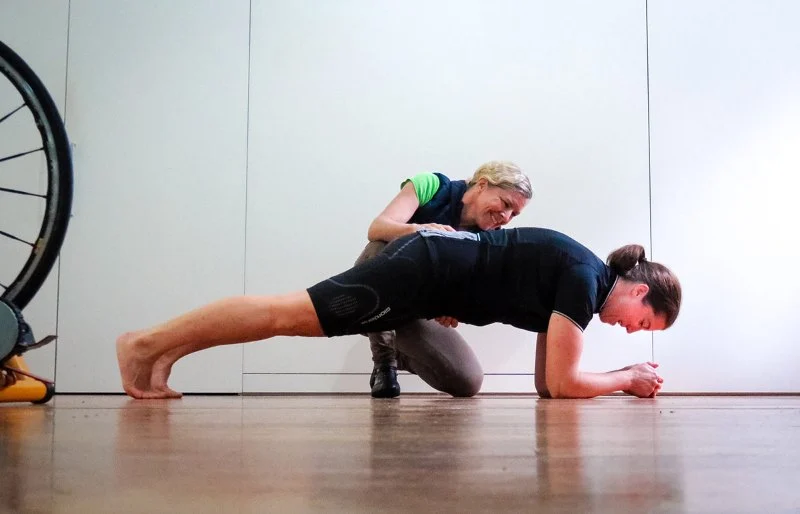
- 1-Introduction: The Importance of Core Strength for Cyclists
- 2-How Core Strength Improves Cycling Performance
- 3-How a Strong Core Provides Support to Cycling Muscles
- 4-Effective Core Exercises for Cyclists
- 5-Core Strength and Injury Prevention in Cycling
1-Introduction: The Importance of Core Strength for Cyclists
For many cyclists, the focus is often placed on leg strength and endurance. However, one crucial aspect of cycling performance that is often overlooked is core strength. Your core muscles—those in the abdomen, lower back, and pelvis—are key to providing the stability and power necessary for effective cycling. Whether you're a recreational rider or a competitive athlete, developing and maintaining a strong core can significantly enhance your cycling efficiency and overall performance.
2-How Core Strength Improves Cycling Performance
The core muscles are responsible for stabilizing your torso, allowing you to transfer more power from your lower body into the pedals. Here's how core strength directly affects cycling performance:
2.1-Increased Power Transfer
When you pedal, power is generated from your legs, but it needs to be transferred through your torso to the bike. A strong core allows you to maintain better posture and keep your body stable while cycling, ensuring that energy is efficiently transferred from your legs to the pedals. A weak core can lead to inefficient pedaling and fatigue.
2.2-Better Balance and Control
A well-developed core provides better balance on the bike, especially during climbs, sprints, and turns. By maintaining a stable and controlled position, you can navigate challenging terrains with more ease and confidence. Core strength also helps you stay in a more aerodynamic riding position, which can reduce wind resistance and improve your speed.
3-How a Strong Core Provides Support to Cycling Muscles
Your core muscles serve as a foundation for the muscles in your legs, back, and arms, supporting them during the cycling motion. Without a strong core, your body struggles to maintain proper posture, leading to muscle imbalances and increased strain on the legs and lower back. Here's how a strong core helps:
3.1-Postural Alignment
A cyclist with poor core strength may slouch or hunch over the handlebars, which can create undue pressure on the lower back. A strong core helps keep your posture aligned, reducing the risk of back pain and improving comfort during long rides.
3.2-Reduced Muscle Fatigue
A strong core provides support for your cycling muscles, helping them work efficiently. By engaging your core, you reduce the load placed on your legs and lower back, making your muscles less fatigued as the ride progresses. This means you can ride longer with less discomfort.
4-Effective Core Exercises for Cyclists
To reap the benefits of core strength for cycling, it’s essential to incorporate specific exercises into your training routine. Here are some of the most effective core exercises for cyclists:
4.1-Planks
Planks are a fantastic exercise for building overall core strength. They engage the entire abdominal and back muscles, helping you build endurance. Hold a plank position for 30 seconds to one minute, focusing on maintaining a straight line from your head to your feet.
4.2-Russian Twists
This exercise targets the obliques, which are crucial for stabilizing your torso during cycling. Sit on the ground with your knees bent, lean back slightly, and twist your torso from side to side, tapping the floor each time.
4.3-Leg Raises
Leg raises are an excellent way to strengthen the lower abdominal muscles. Lie flat on your back, raise your legs to a 90-degree angle, and lower them slowly without letting your feet touch the floor. This movement mimics the cycling motion and builds the muscles that help with pedaling efficiency.
4.4-Bicycle Crunches
Bicycle crunches target both the upper and lower abdominal muscles, which are essential for cycling stability. Lie on your back and bring your knees toward your chest while alternating elbow-to-knee movements. This will help improve your core endurance for longer rides.
5-Core Strength and Injury Prevention in Cycling
In addition to improving performance, core strength plays a significant role in preventing injuries. A strong core helps protect your body from strains and overuse injuries that can occur when cycling for extended periods. Here's how a well-trained core prevents common cycling injuries:
5.1-Prevents Lower Back Pain
Cycling with poor posture and weak core muscles can lead to lower back pain due to excess pressure on the spine. A strong core supports the lower back, reducing the risk of discomfort and injury while cycling, especially during long rides or climbs.
5.2-Reduces the Risk of Knee Injuries
Core strength helps maintain proper alignment between the pelvis, hips, and knees during cycling. Poor alignment can cause strain on the knee joint, leading to injuries such as patellar tendinitis or IT band syndrome. A stable core minimizes these risks by ensuring your body moves efficiently and without unnecessary stress on the knees.
5.3-Improves Recovery
A strong core can also aid in recovery after cycling. By providing better stability and alignment, it can reduce muscle soreness and improve the efficiency of muscle repair. This allows cyclists to recover faster and return to training sooner.
Conclusion
Core strength is undeniably important for cyclists of all levels. From improving performance to preventing injuries, a strong core plays a vital role in achieving cycling success. Incorporating core exercises into your training routine will not only boost your cycling efficiency but also protect your body during long rides. Remember, a solid core supports all other aspects of cycling, so don't neglect it in your workout plan. For more tips and expert advice, visit Cycling Guider and discover the best gear, services, and resources for enhancing your cycling experience.



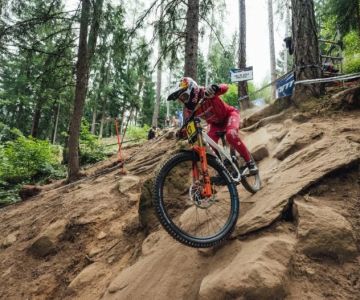

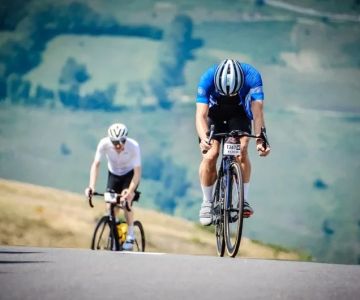
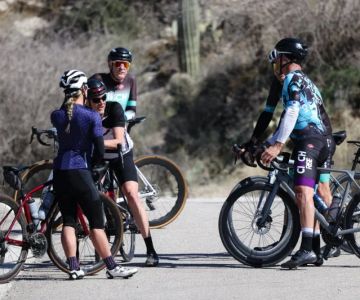
 Billet BMX5.0 (2 reviews)
Billet BMX5.0 (2 reviews)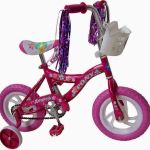 Far East Children Bicycle Factory1.0 (1 reviews)
Far East Children Bicycle Factory1.0 (1 reviews) Archer Motorsports, Inc.4.0 (8 reviews)
Archer Motorsports, Inc.4.0 (8 reviews) YEP Bike Works4.0 (55 reviews)
YEP Bike Works4.0 (55 reviews) Gorham Bike & Ski4.0 (498 reviews)
Gorham Bike & Ski4.0 (498 reviews) Alchemy Bikes4.0 (37 reviews)
Alchemy Bikes4.0 (37 reviews) How to Teach Kids to Ride a Bike: A Step-by-Step Guide for Parents
How to Teach Kids to Ride a Bike: A Step-by-Step Guide for Parents Tips for Riding on Busy City Streets: Smart Strategies for Urban Cyclists
Tips for Riding on Busy City Streets: Smart Strategies for Urban Cyclists Best US National Parks for Mountain Biking: Ride Epic Trails Across America
Best US National Parks for Mountain Biking: Ride Epic Trails Across America Best Aero Helmets for Time Trials and Racing
Best Aero Helmets for Time Trials and Racing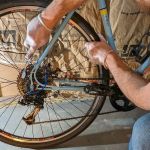 How to Clean and Lubricate Your Bike Chain Like a Pro
How to Clean and Lubricate Your Bike Chain Like a Pro 10 Must-Have Items for Long-Distance Cycling Trips
10 Must-Have Items for Long-Distance Cycling Trips